Quirky ‘Flintstones House’ that features cave-like living spaces and bedrooms accessed by TUNNELS hits the market in Ohio for $400,000
A historic home dubbed the ‘Flintstones House’ for its similarity to the famous cartoon family’s home has hit the market for $400,000.
Built in 1970 and located just northeast of Cleveland in Painesville, Ohio, the cavernous abode was the vision of American sculptor Wayne Trapp, who collaborated on the design with architect Ken Kern.
Trapp, who Died in 2016 and spent much of his adult life in Ohio, where the 3,600-square-foot residence was called “Chant du Cygne” — French for “Swan Song.”
The asking price for the five-bedroom, three-bathroom home, located at 7245 Cascade Road, is $400,000.

A home in Painesville, Ohio, informally known as the “Flintstones House” because of its resemblance to the famous cartoon family’s home, has hit the market with an asking price of $400,000
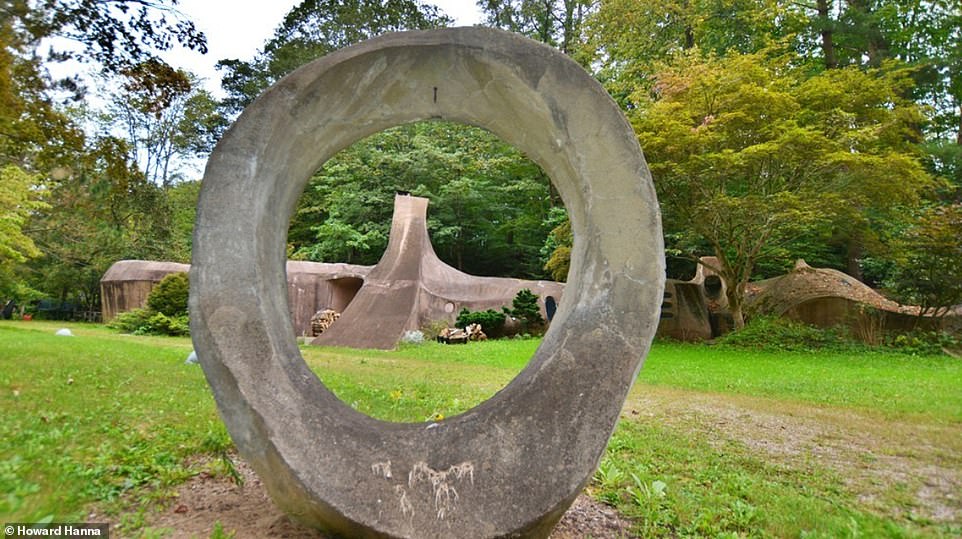

Sculptural elements that reflect the aesthetics of the house are located in the garden. Seen is one of them on the lawn
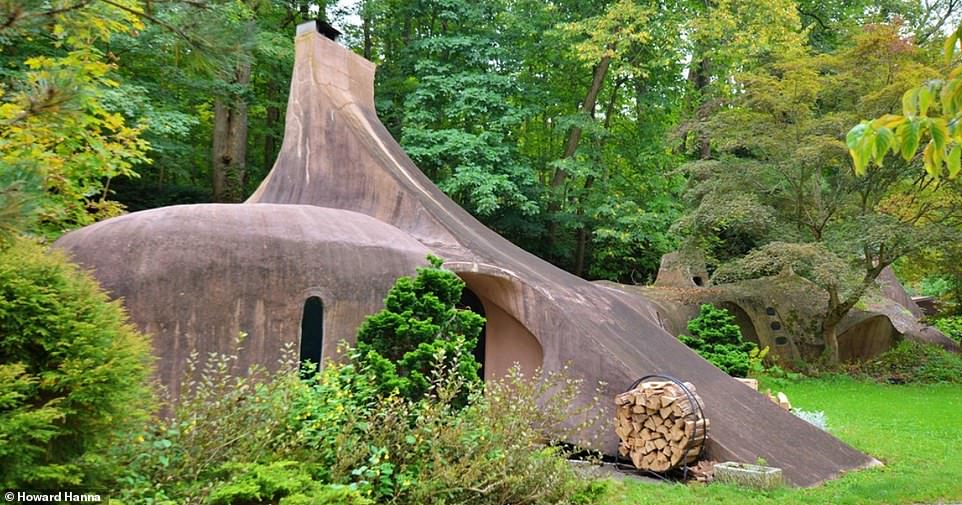

The cave-like home covers 3,600 square meters and has a sloping roof that reaches to the ground
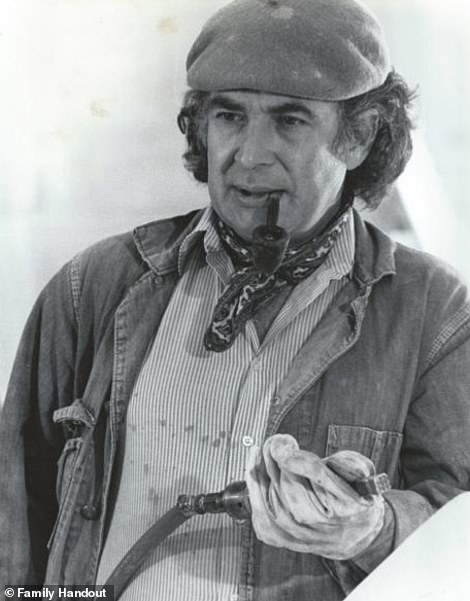

American sculptor Wayne Trapp (photo), who died in 2016, worked with architect Ken Kern on the design of the house
Over the years, the house has popped up in the local news from time to time and has been cited as one of the most distinctive examples of real estate the region has to offer.
In 2011, it was even featured on an episode of MTV’s Extreme Cribs.
From a distance, the facade of the house could be mistaken for an unusually shaped rock formation jutting out of the landscape.
But that lithic silhouette was actually constructed of concrete and spray foam, supported by an internal metal framework.
In the spring of 1970, Trapp recruited twenty local art students to assist in the construction, which at the time was commissioned by a local family. Trapp, working with the group of recruits, completed the project by the end of the summer.
Across the one-acre property are abstract sculptural elements that reflect the organic curves of the house, as well as a realistic brontosaurus statue that stands in the bushes.
Likewise, the interior texture of the walls and floors throughout the home was made to resemble that of a hidden cave house.
In the children’s wing of the home, which includes four bedrooms and a playroom, the individual rooms are connected by narrow tunnels, through which residents have to walk on their hands and knees.
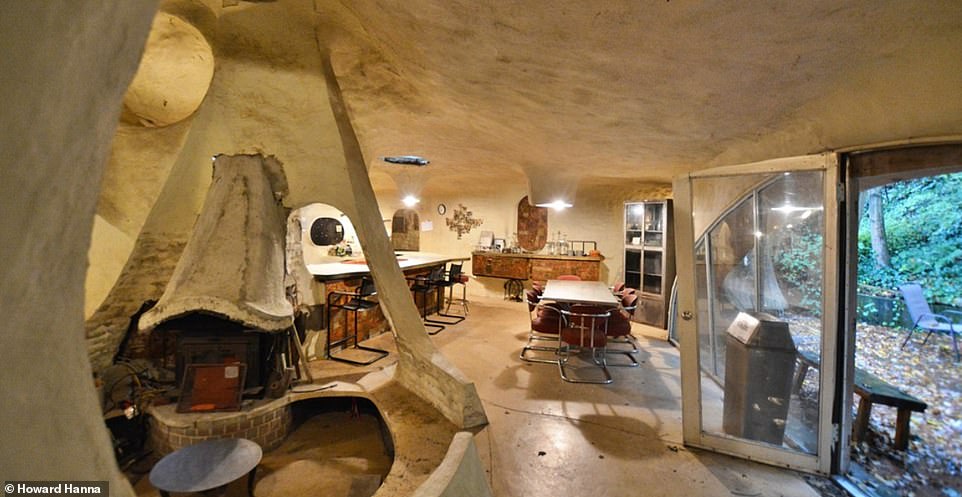

The living room has a seating area and a fireplace in a sunken well. The dining room and kitchen can also be seen here
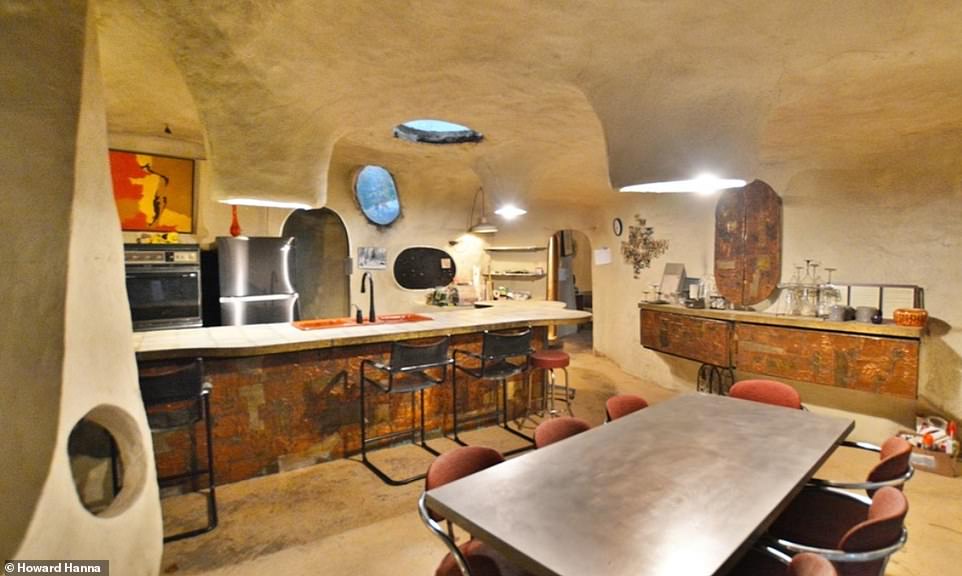

The living space includes a counter space where people can dine with hollow lights to illuminate the interior
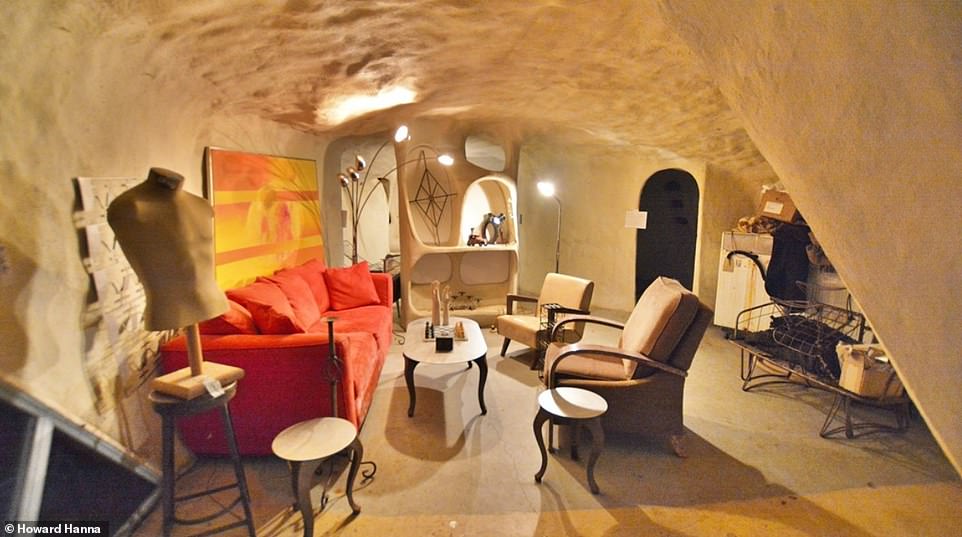

The texture of the interior walls is also made to resemble a hidden cave
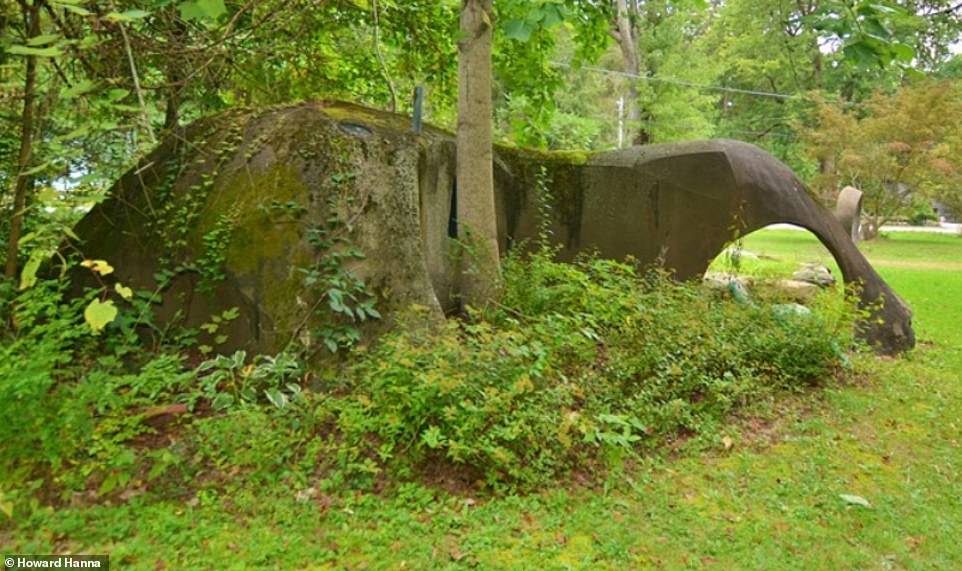

The one-acre estate also includes a guest house, which can be seen above
In the living room, a gathering space takes shape in a sunken well, which, flanked by a fireplace, is lined with seating cut directly from the faux stone foundation.
Elsewhere, the kitchen/diner overlooks a charming brick patio.
A few steps away, a guest house provides a scaled-down counterpart to the cavernous main house.
The previous owner, a retired plumber named Rick Kristoff, who bought the house in 2000 for $130,000, took to online forums to talk about what he described as a “work of art” by Trapp.
“I acquired this work of art in 2000 and have enjoyed sharing it with those I waved goodbye as they slowly passed by,” he wrote RoadsideAmerica.com in 2010, after which he provided his phone number for those interested in touring the property.
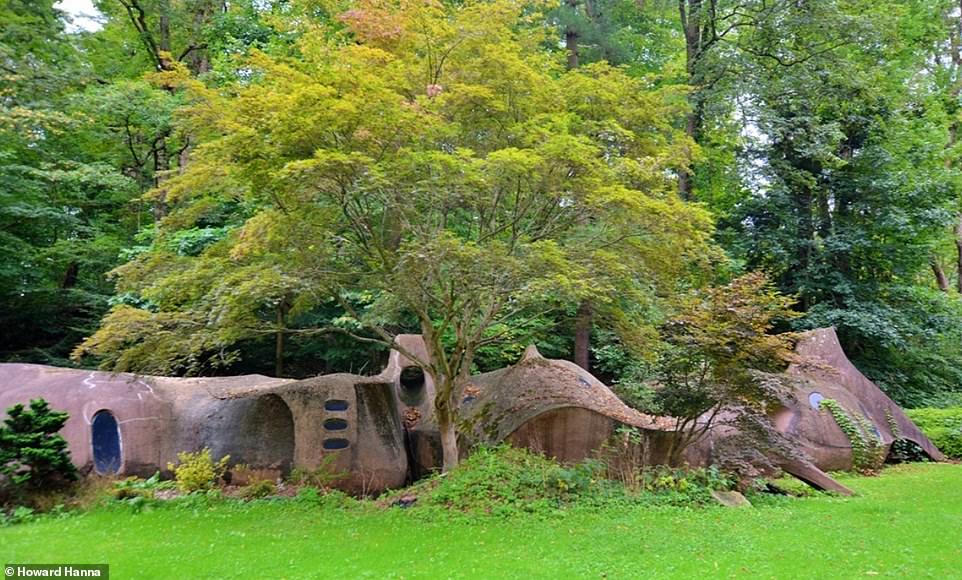

From a distance, the enclosure resembles an odd-looking rock formation, but it is made of concrete and spray foam
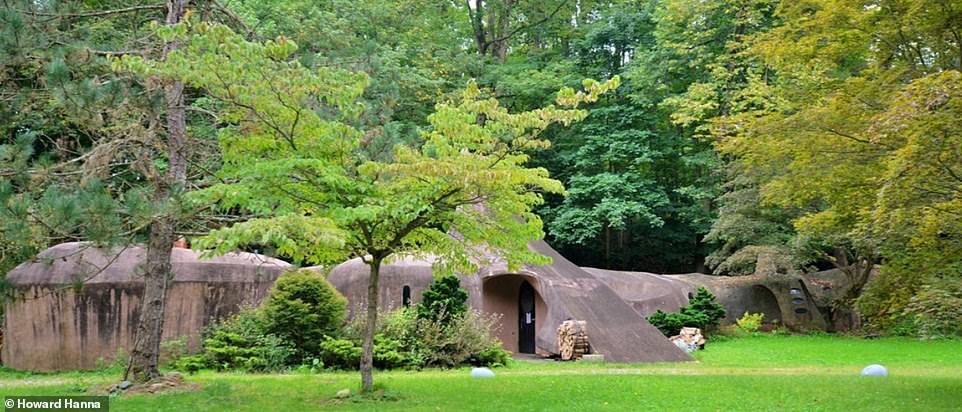

Trapp worked with a group of twenty local art students to complete the structure in the summer of 1970
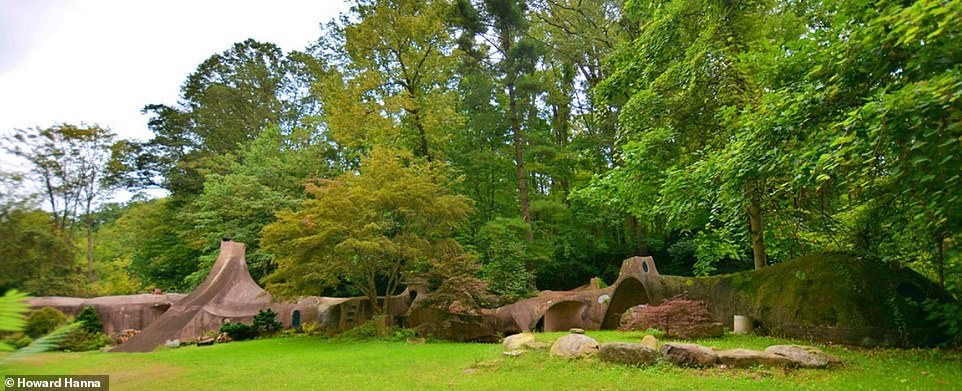

The house is constructed of concrete over a metal frame and finished with spray foam
“Works of art should be shared,” he also said Cleveland Magazine in 2011.
Kristoff, however, had strong feelings against the “Flintstone House” moniker, tellingly cleveland.com in 2016 that the nickname for him was “like calling the Mona Lisa a chick… It’s disrespectful.”
He strongly preferred that the property be known as the Cave House, although that designation has not had the same appeal as that of the designation referencing Hanna-Barbera’s iconic Stone Age cartoon.
Jacqueline Ward with Howard Hanna the mention.
Of Kristoff’s decision to sell his beloved home of 23 years, Ward told DailyMail.com: “He was so proud to be the caretaker… and sad to leave.”
“It’s a place that, once you’re there, takes hold of you,” she added.
